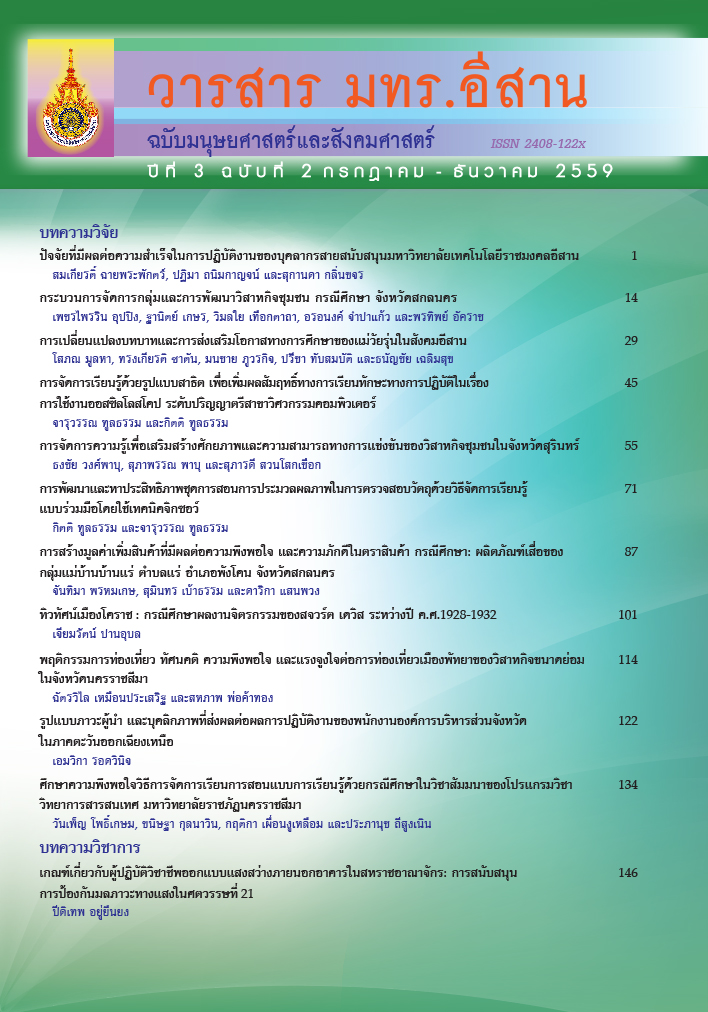Requirements for Outdoor Lighting Design Practitioners in the UK: Promoting Light Pollution Prevention in the 21th Century
Main Article Content
Abstract
The protection of the environment against light pollution has been highlighted as one of the possible responses to some of the architectural challenges facing the UK today, including non-environmentally friendly lighting practices and energy crises. While light pollution may come from a variety of sources of architectural lights, outdoor lights resulting from appropriate brightness installations and environmentally friendly lighting design can lead to various positive impacts on human well-being by increasing outdoor visibility and leading to sustainable lighting architecture. This article considers how the Construction (Design and Management) Regulations 2015, including other legal aspects of exterior light pollution control, can inform the development of controlling architectural light pollution in the UK. In particular, the focus is on encouraging the Government and professional lighting bodies to issue codes of outdoor lighting practice concerning the non-environmentally friendly lighting design and light pollution problems. According to some studies, this UK’s regulatory instrument can be used to protect people from health and safety risks arising from inappropriate outdoor lighting design through the establishment of a regulatory framework for architectural light design responsibilities.
Article Details
บทความที่ได้รับการตีพิมพ์เป็นลิขสิทธิ์ของมหาวิทยาลัยเทคโนโลยีราชมงคลอีสาน
ข้อความที่ปรากฏในบทความแต่ละเรื่องในวารสารวิชาการเล่มนี้เป็นความคิดเห็นส่วนตัวของผู้เขียนแต่ละท่านไม่เกี่ยวข้องกับมหาวิทยาลัยเทคโนโลยีราชมงคลอีสานและคณาจารย์ท่านอื่นๆในมหาวิทยาลัยฯ แต่อย่างใด ความรับผิดชอบองค์ประกอบทั้งหมดของบทความแต่ละเรื่องเป็นของผู้เขียนแต่ละท่าน หากมีความผิดพลาดใดๆ ผู้เขียนแต่ละท่านจะรับผิดชอบบทความของตนเองแต่ผู้เดียว
References
Chartered Institution of Building Services Engineers. (1992). Lighting Guide 6: The Outdoor Environment. London: Chartered Institution of Building Services Engineers
Cooke, K. (2005). Light Pollution, a Growing Environmental, Safety and Health Hazard for Residents of Stratified. Access (11 January 2016). Available (http:/ /www.cooke.id.au /Vision_2020_Submission_small.pdf)
Department for Environment, Food and Rural Affairs. (2011). Artificial Light Statutory Nuisance - Continued Utility of the Current Exemptions for Certain Premises Section 79(5B) Environmental Protection Act 1990. London: Department for Environment, Food and Rural Affairs
Fairfax County Park Authority. (2010). Athletic Field Lighting and Control of Obtrusive Light Pollution. Fairfax, Virginia: Fairfax County Park Authority
Falch, F. et al. (2011). Limiting the Impact of Light Pollution on Human Health, Environment and Stellar Visibility. Environmental Management. Vol. 92. No. 1-9. pp. 2714-2722
Health and Safety Executive. (2015). Managing Health and Safety in Construction Construction (Design and Management) Regulations 2015: Guidance on Regulations. Access (11 January 2016). Available (http://www.hse gov.uk/pubns/books/1153.htm)
International Dark-Sky Association. (2009). Light Pollution and Human Health. Tucson, Arizona: International Dark-Sky Association
Joyce, G. and Evans, D. (2015). Draft Guidance on the Construction (Design and Management) Regulations 2015. London: Association of British Theatre Technicians.
Li, L.Z. (2000). A Synergistic Approach to Outdoor Lighting Design: Revision of the Outdoor Lighting at UGA East Campus Village. Athens, Georgia: University of Georgia.
Maine State Planning Office. (2008). Lighting Manual: Promoting Quality Outdoor Lighting in Your Community. Access (11 January 2016). Available (https://www1.maine.gov/ dacf / municipalplanning/ docs/ lightingmanual.pdf)
Pembrokeshire County Council. (2016). Light Pollution. Access (11 January 2016). Available (http: //www.pembrokeshire.gov.uk /content.asp? nav=1626,2380, 110,935&parent_directory_id=64&id=20365)
Scientific Committee on Emerging and Newly Identified Health Risks. (2012). Health Effects of Artificial Light. Brussels: European Commission
Skarlatou, A.Z. (2010). Light Effects in the Design Process. Access (11 January 2016). Available (http:/ / discovery.ucl.ac.uk/1211391/1/1211391.pdf)
Thorn Lighting. (2014). Architectural Illumination. County Durham: Thorn Lighting. Town of Southampton. (2012). Ecological Impacts of Light Pollution. Access (11 January 2016). Available (http:/ /www.southamptontownny.gov / DocumentCenter/Home/View/1160)
University of Oregon. (2012). Campus Outdoor Lighting Plan. Eugene, Oregon: University of Oregon.
U.S. Department of Energy. (2008). LED Application Series: Outdoor Area Lighting. Access (11 January 2016). Available (http:/ /apps1.eere.energy.gov/buildings/publications/pdfs/alliances/outdoor_area_lighting.pdf)
U.S. Department of Energy. (2010). Light at Night: The Latest Science. Access (11 January 2016). Available (http:/ /apps1.eere.energy.gov/buildings/publications/pdfs/ssl/ssl_whitepaper_nov2010.pdf)


